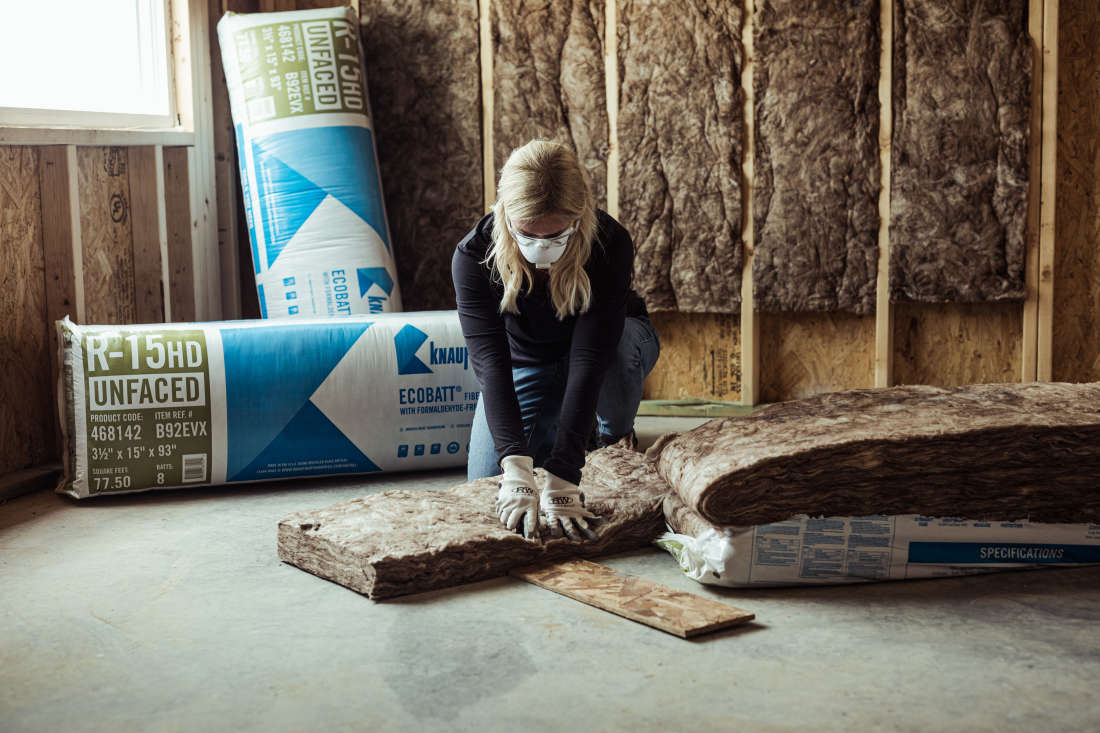How to Choose the Correct Insulation R-Value

07-29-2022
A common question asked by many homeowners taking on a DIY insulation project is “What R-Value should I use?” The answer is pretty easy once you know a few pieces of information. Let’s walk through the simple steps. Afterward, you can use this Insulation Calculator to determine which insulation you will need for your project.
First, what is R-Value and why is it important?
The R-Value of the insulation is a number that describes how much the insulation slows the transfer of heat. The larger the number, the better the insulation will slow the transfer of heat and keep the home the desired temperature.
What affects how much R-Value I can use in my project?
The dimensions of the cavity (wall, floor, ceiling, crawl spaces) will determine how much R-Value can be installed. The thickness of the cavity created by framing in the home will determine and limit the choices of R-Value that can be installed.
In the United States, the walls of homes are typically either framed with 2X4’s or 2X6’s. A wall made with 2X4’s will have room for a maximum 3.5” of insulation and a 2X6 wall will have room for 5.5” of insulation. In those constrained cavities the choices for R-Value are:
2X4 Wall Frame R13 – R15
2X6 Wall Frame R19 – R21
In the other cavities in the home such as ceiling/attic, floors, and crawl spaces, the thickness of cavity is normally not constrained. In these areas of the home, larger R-Values are frequently used to provide higher levels of energy savings and comfort. In these unconstrained cavities the choices for R-Value are:
Ceilings/Attics R30 – R60
Floors/Crawl Space R13 – R30
What are the recommended R-Values for my project?
The Department of Energy provides recommendations on minimum levels of R-Value based on where you live in the United States. The country is divided into 7 climate zones.
Climate Zone 7 is located in the northern reaches of Maine, Michigan, Wisconsin, Minnesota, North Dakota and the higher elevations in the Rocky Mountains. These locations on average experience the coldest temperatures and higher R-Values are recommended.
Zones 2 – 6 are layered across the US between Zones 1 and 7 and reflect the differences in average temperatures from south to north.

Consult Your Local Insulation Building Codes
Always check with your local Building Codes Expert to ensure the insulation products you plan to use meet the specific requirements for homes and buildings in your neighborhood.
Choosing the proper R-Value for your project can be pretty simple when you follow these steps. Good luck on your project.
